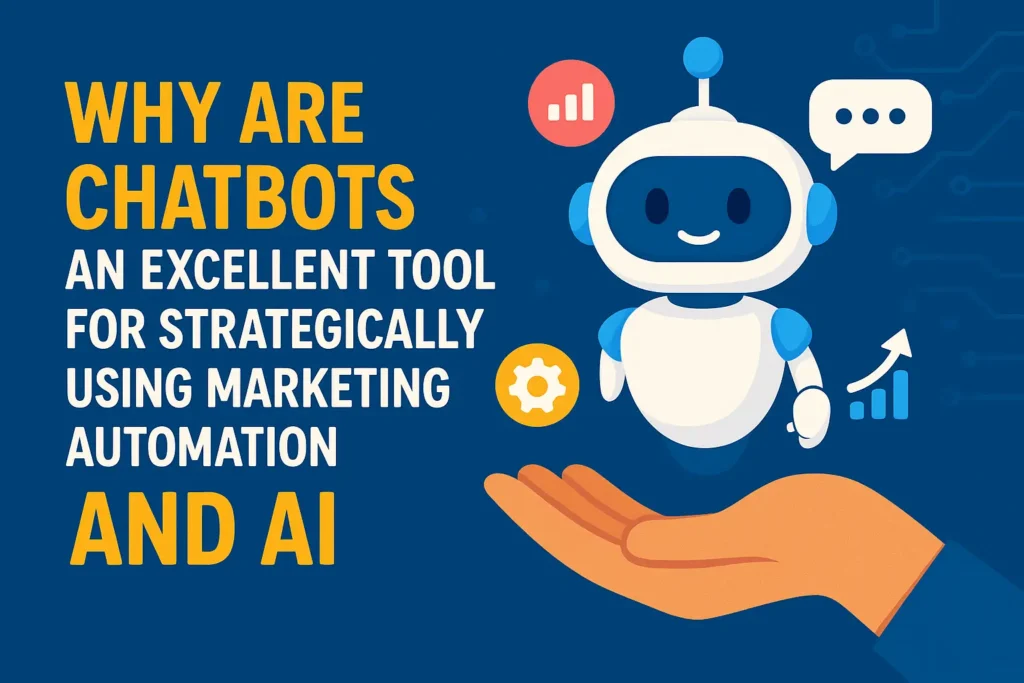In today’s rapidly evolving world of artificial intelligence, some innovations don’t just make waves; they capture the imagination of millions and reshape the way we interact with technology. Google’s Gemini AI tool, affectionately nicknamed “Nano Banana,” has emerged as one of these standout breakthroughs. Designed to make AI-generated imagery more intuitive, creative, and accessible, Nano Banana has quickly become a favourite among creators, artists, and tech enthusiasts alike.
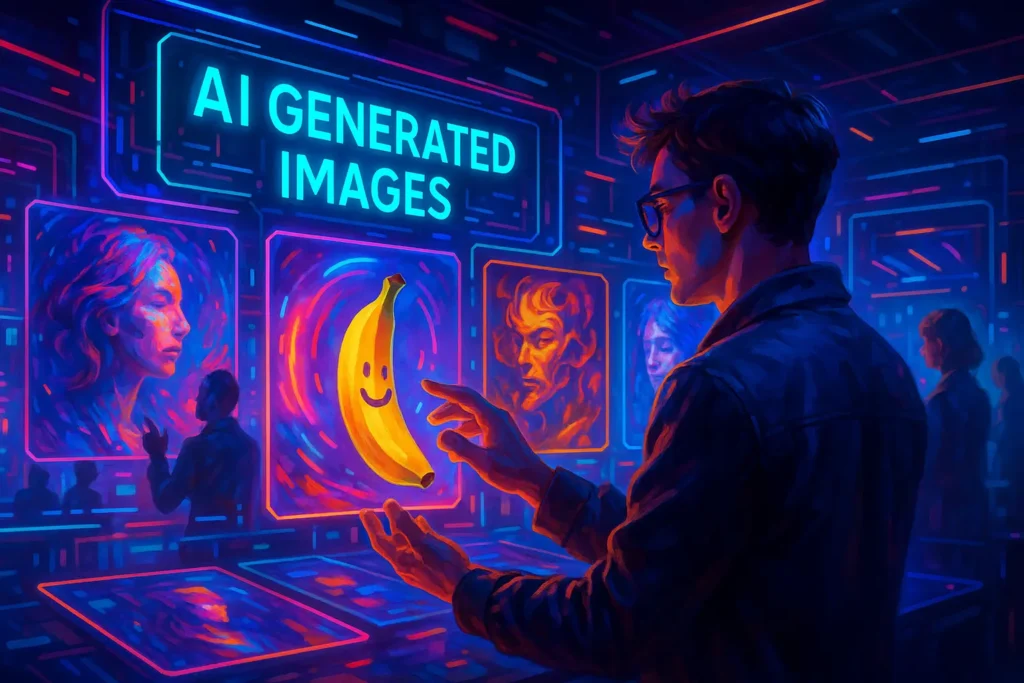
Its popularity skyrocketed when it achieved a jaw-dropping milestone: over 5 billion images generated in less than a month. Such a feat not only reflects the sheer scale of its adoption but also highlights the profound impact AI is having on digital creativity. From professionals experimenting with design concepts to casual users exploring their imagination, Nano Banana is democratising the power of AI in ways we’ve never seen before.
Beyond the numbers, this trend underscores a cultural shift; AI tools are no longer confined to labs or tech giants; they are becoming an integral part of everyday creativity. Whether you’re a designer, a content creator, or simply someone curious about the possibilities of artificial intelligence, Nano Banana is a glimpse into a future where imagination and technology merge seamlessly.
What Is Nano Banana?
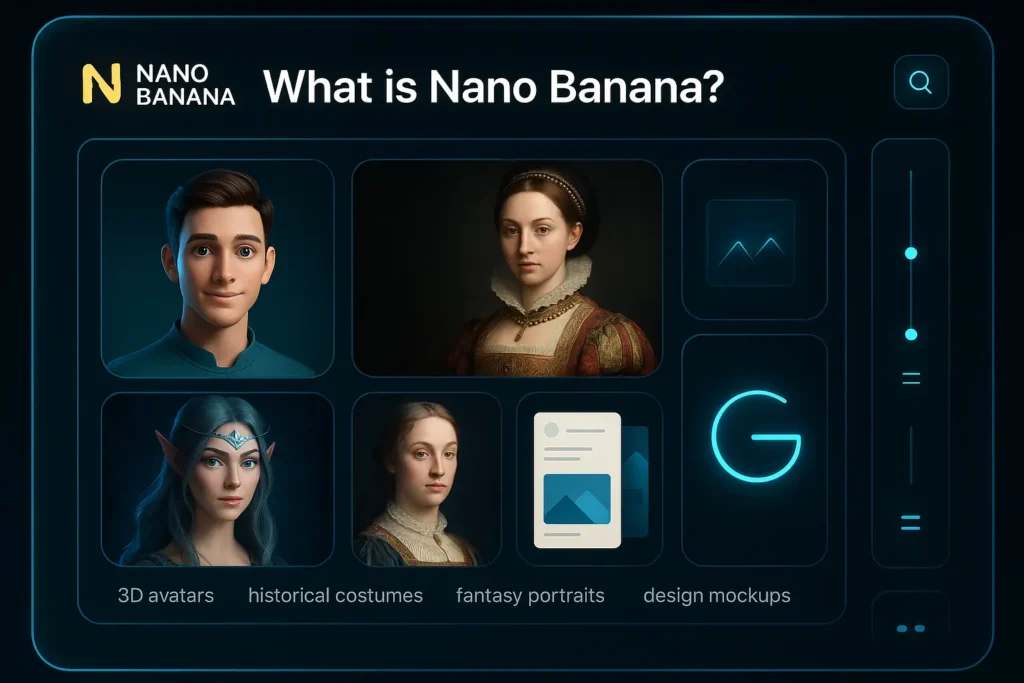
Nano Banana is a standout feature within Google’s Gemini 2.5 Flash Image model, an advanced AI image generation and editing tool designed to push the boundaries of digital creativity. Launched in August 2025, Nano Banana allows users to generate and modify images effortlessly using natural language prompts, making high-quality image creation accessible to everyone, from casual users to professional designers.
The versatility of Nano Banana is one of its most exciting aspects. Users can transform a simple selfie into a detailed 3D figurine, reimagine themselves in historical or fantasy attire, or craft hyper-realistic portraits that blur the line between photography and AI-generated art. Beyond personal experimentation, it has applications in digital marketing, entertainment, fashion, and gaming, offering businesses and creators an intuitive tool to visualise ideas in minutes.
Nano Banana’s interface is designed to be user-friendly, combining simplicity with powerful AI algorithms. It leverages Gemini’s latest advancements in image synthesis, ensuring that outputs are not only visually striking but contextually accurate according to user prompts. Its rapid adoption and viral popularity highlight a growing trend: AI tools that empower anyone to become a creator without needing extensive technical skills.
With features like style transfer, background editing, object insertion, and animation-ready outputs, Nano Banana is quickly becoming a go-to platform for both professional and casual AI image enthusiasts, redefining how we think about visual storytelling in the digital age.
The Viral Surge: 5 Billion Images in 30 Days
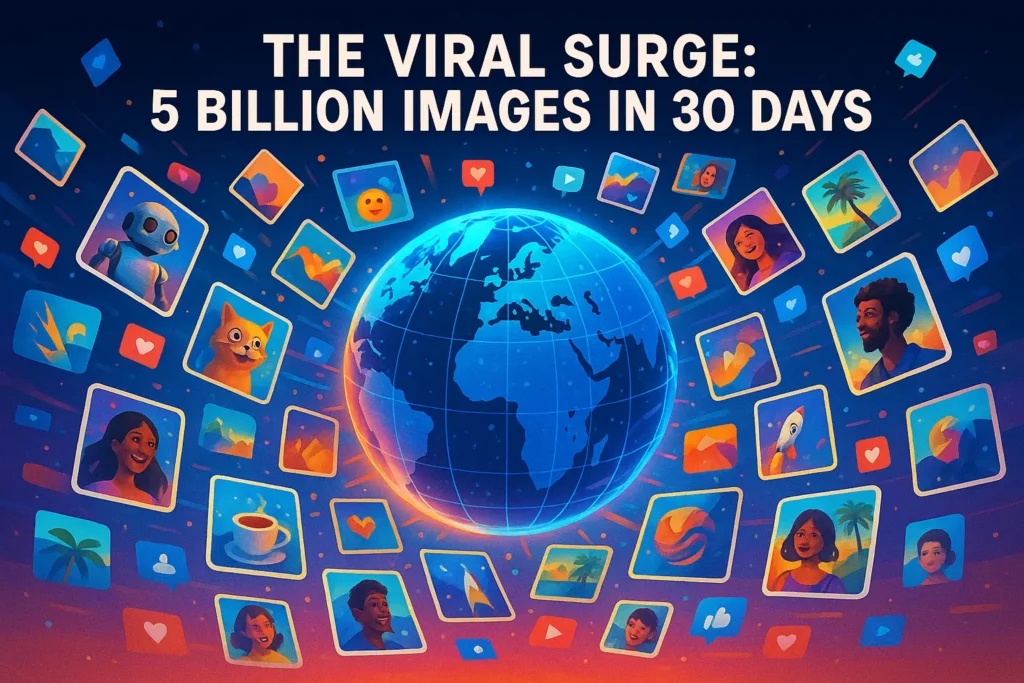
The meteoric rise of Nano Banana can be traced to its intuitive interface and the sheer shareability of its AI-generated outputs. Within just 30 days of its launch, users generated over 5 billion images, underscoring the tool’s massive global appeal.
A key driver of this surge was the creative trends it inspired. From retro selfies and miniature figurine avatars to AI-generated vintage saree portraits, Nano Banana struck a chord with diverse audiences, particularly enthusiastic users in India, who eagerly shared their creations across social media platforms.
These viral trends not only amplified user engagement but also cemented Nano Banana as a cultural phenomenon in the AI creativity space, demonstrating how accessible technology can spark worldwide digital expression in record time.
Google CEO’s Engagement: A Personal Touch
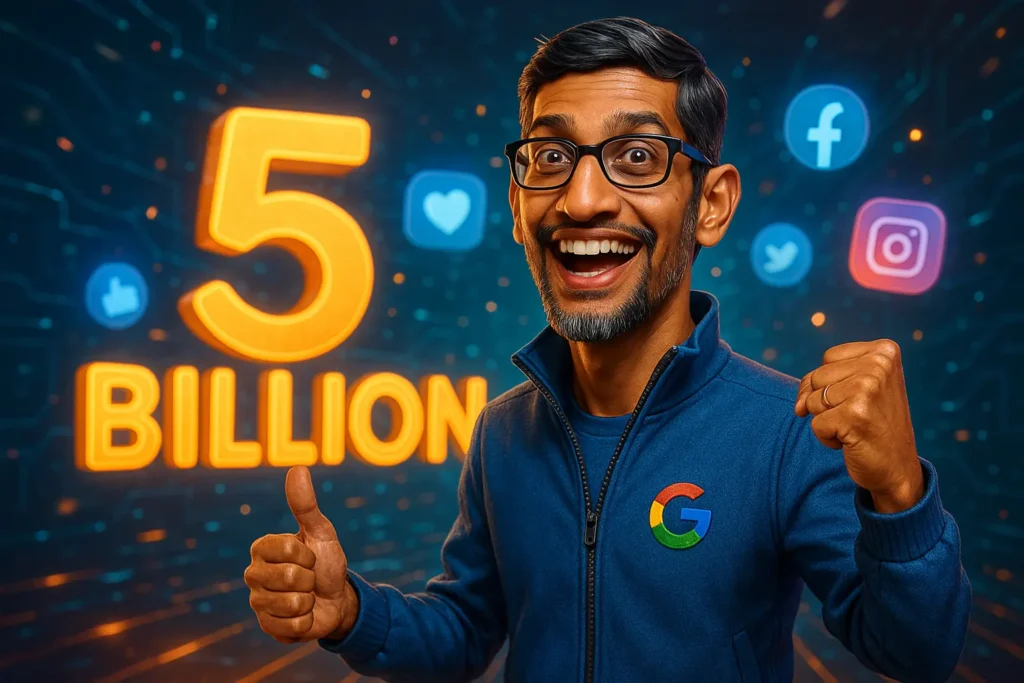
Marking Nano Banana’s remarkable milestone, Google CEO Sundar Pichai joined the trend by sharing a 3D AI-generated image of himself on social media. Playfully captioning it, “Make that 5 billion and 1,” Pichai’s post not only celebrated the achievement but also added a human dimension to the technology.
His engagement served multiple purposes: it highlighted the tool’s popularity, showcased its creative potential, and encouraged millions of users worldwide to experiment with their own AI-generated creations. By personally participating, Pichai reinforced the notion that AI isn’t just a back-end innovation; it’s a fun, accessible, and collaborative platform for creativity. This move also exemplifies how leadership involvement can fuel viral trends and solidify a technology’s cultural relevance.
Financial Impact and Monetisation Strategies
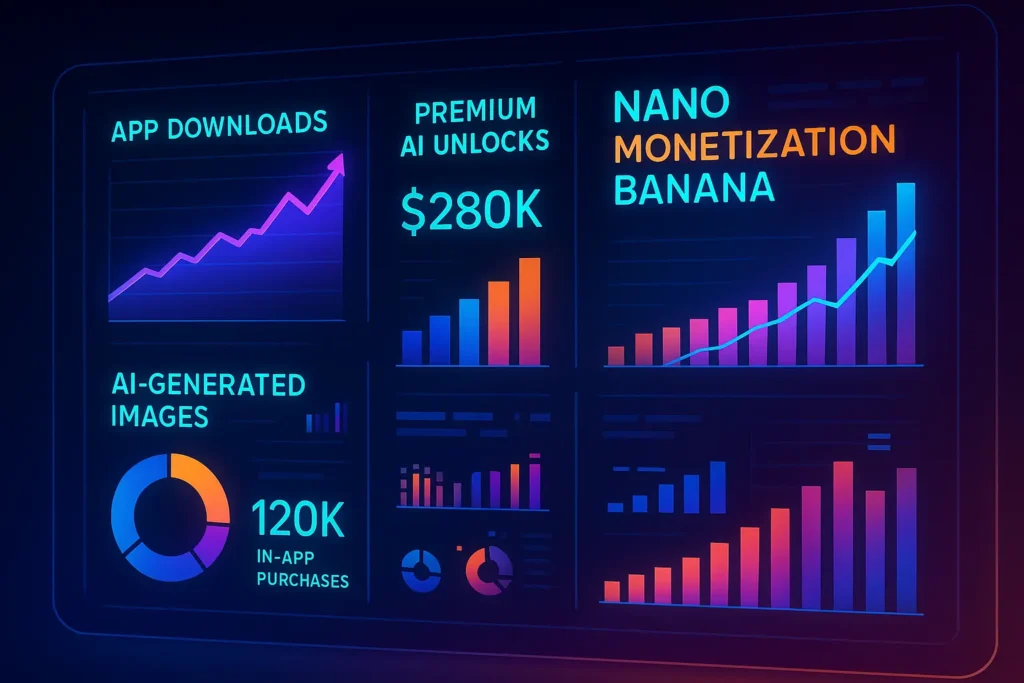
Although exact revenue figures for Nano Banana remain undisclosed, its launch has had a clear and substantial impact on Google’s Gemini ecosystem.
The tool’s seamless integration into the Gemini app has dramatically increased user acquisition, propelling the app to the top of free app charts in India. Within just two weeks of Nano Banana’s introduction, over 23 million new users joined the platform (MLQ).
This surge in engagement opens multiple monetisation opportunities. Potential strategies include:
- Premium Features: Offering advanced AI capabilities, higher-resolution outputs, or exclusive filters for paid subscribers.
- In-App Purchases: Selling additional style packs, backgrounds, or 3D avatar customisations.
- Strategic Partnerships: Collaborating with brands, influencers, or entertainment studios for co-branded content and campaigns.
The combination of viral popularity, increased app downloads, and creative utility positions Nano Banana not just as a cultural phenomenon but also as a significant revenue driver for Google’s AI ecosystem, demonstrating the growing commercial potential of AI-powered creative tools.
Global Trends and Local Innovations
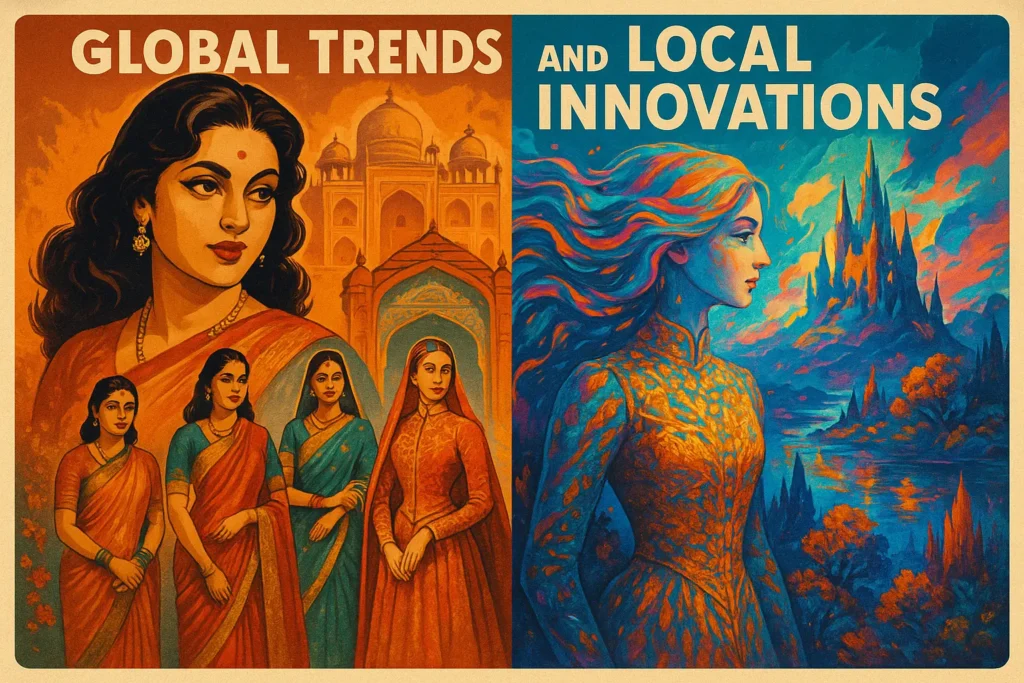
Nano Banana’s impact goes far beyond individual creativity, influencing cultural trends worldwide. In India, users have particularly embraced the tool to recreate iconic retro Bollywood looks and craft vintage saree portraits, blending traditional aesthetics with modern AI capabilities (TechCrunch).
These localised trends demonstrate Nano Banana’s versatility and its ability to resonate with diverse audiences, allowing users to explore cultural expression in entirely new ways. By enabling such creative reinterpretations, the tool serves not only as a platform for artistic experimentation but also plays a crucial role in preserving and celebrating cultural heritage in the digital space.
Globally, Nano Banana has sparked similar trends, with users generating content inspired by historic fashion, fantasy worlds, and regional art styles, showcasing how AI-driven creativity can bridge global technology with local identity, fostering a unique interplay between innovation and tradition.
Privacy Considerations and Ethical Implications
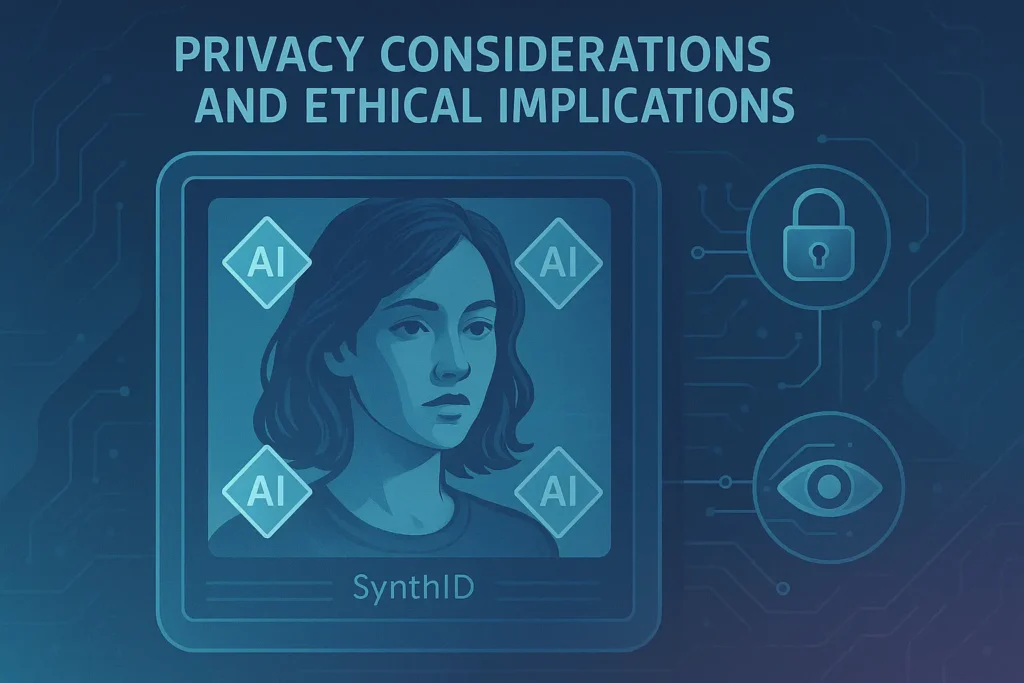
As AI-generated imagery becomes increasingly prevalent, concerns about privacy and authenticity have come to the forefront. Nano Banana and similar tools raise questions about ownership, consent, and the potential for misuse, particularly when images replicate real individuals or cultural artefacts.
To address these challenges, Google has implemented safeguards within Nano Banana. Every image is embedded with a diamond-shaped watermark and an invisible SynthID tag, which helps identify AI-generated content and maintain transparency for users and platforms alike (Indiatimes).
Despite these measures, ethical concerns persist. The misuse of AI-generated images, ranging from deepfakes to unauthorised commercial exploitation, remains a significant risk, underscoring the need for strong regulation, user awareness, and responsible AI practices. The Nano Banana case underscores a broader lesson. While AI creativity is transformative, it must be balanced with ethical stewardship and proactive privacy protections to ensure a safe and trustworthy digital ecosystem.
The Road Ahead: Sustaining Momentum
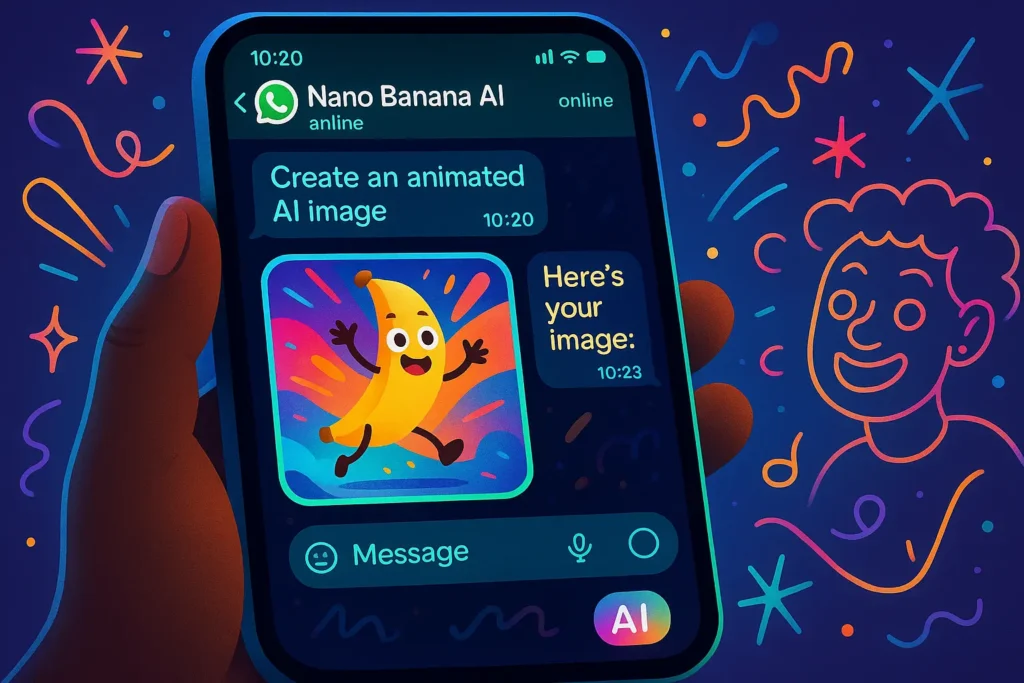
As Nano Banana continues to captivate users worldwide, its future trajectory appears increasingly promising. Integration into widely used platforms, such as WhatsApp, enhances accessibility, allowing users to generate AI-powered images directly within their chat interfaces.
Looking forward, the focus for Nano Banana will likely include:
- Refining AI Capabilities: Improving realism, contextual understanding, and adaptability to diverse prompts.
- Expanding Creative Options: Introducing new styles, 3D effects, animations, and interactive features to keep users engaged.
- Ethical and Privacy Considerations: Strengthening safeguards, ensuring user consent, and addressing potential misuse of AI-generated content.
By balancing innovation, creativity, and responsibility, Nano Banana is poised not only to maintain its viral momentum but also to reshape the way people interact with AI-driven digital art, fostering a more inclusive and imaginative digital ecosystem.
Final Thoughts
Google’s Nano Banana exemplifies the transformative power of AI in democratizing creativity and fostering global digital communities. Its rapid adoption and the ensuing trends underscore a collective desire to explore and express through digital media. As we handle this evolving landscape, it is crucial to strike a balance between innovation and ethical responsibility, ensuring that AI advancements serve to enrich and empower users worldwide.



